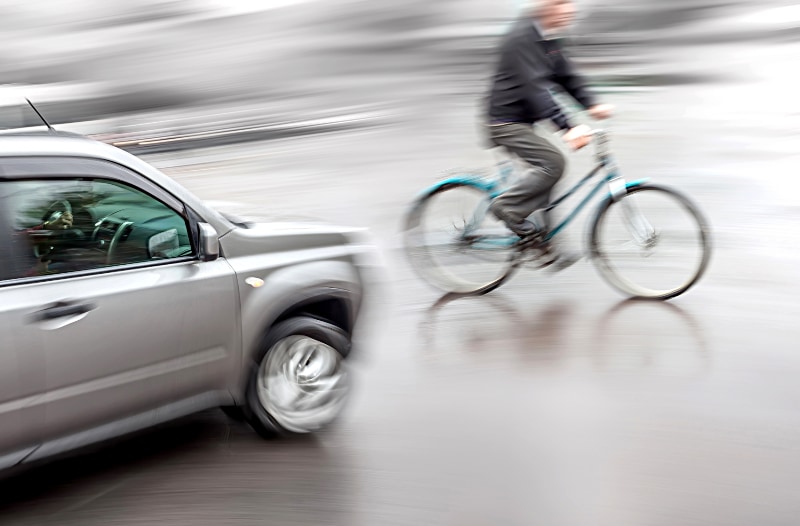Tel: 020 8520 1021. Email: david.dolties@cch-solicitors.com
Tel: 020 8520 1021.
Email: david.dolties@cch-solicitors.com
Insights
Road traffic accidents can be stressful and confusing, especially when it comes to determining who is at fault. In the UK, the concept of liability is central to the legal process following an accident. Whether you're a driver, pedestrian, or electric scooter user, understanding how liability works is essential. This guide will help you navigate the intricacies of liability in road traffic accidents, ensuring you're well-equipped to handle any situation.
 At its core, liability is about who is legally responsible for an accident. In the UK, the law relies on the principle of negligence to determine fault. Negligence occurs when someone fails to take reasonable care, resulting in harm to another person.
At its core, liability is about who is legally responsible for an accident. In the UK, the law relies on the principle of negligence to determine fault. Negligence occurs when someone fails to take reasonable care, resulting in harm to another person.
Every road user has a legal obligation, known as a duty of care, to act responsibly and avoid causing harm to others. This means following traffic laws, staying alert, and making safe decisions. When a road user fails to uphold this responsibility, they may be considered negligent and liable for any resulting accidents.
While the principles of liability may seem straightforward, applying them to real-life situations can be challenging. Let's explore a few common scenarios:
Establishing who is at fault in a road traffic accident involves several key steps:
Collecting evidence is crucial to building a strong case and proving liability. Some essential pieces of evidence include:
Determining liability often comes down to how the law is interpreted in light of the available evidence. This is where the expertise of a skilled legal professional can make all the difference. A knowledgeable solicitor can:
In some accidents, more than one party may be at fault. This is known as contributory negligence. For instance, if you were speeding when another car collided with you, you might be found partially responsible for the accident.
Contributory negligence occurs when the actions of the injured party (the claimant) contribute to the accident or their resulting injuries. In such cases, the court will assess the degree to which each party's negligence contributed to the accident.
The court will assign a percentage of blame to each party based on their level of negligence. For example, if the court determines that the claimant was 25% responsible for the accident, they will be considered to have contributed 25% to their own injuries.
When contributory negligence is a factor, it can significantly affect the amount of compensation you receive. The court will reduce your compensation by the percentage of responsibility attributed to you. So, if you are found to be 30% responsible for the accident, your compensation would be reduced by 30% to reflect your share of the blame.
In some cases, the court may apply the principle of comparative negligence instead of contributory negligence. Under comparative negligence, the court compares the fault of each party involved and apportions damages accordingly. This means that even if you are found to be more than 50% at fault, you may still be entitled to receive some compensation, although it will be reduced by your percentage of fault.
Even if you are found partially at fault for an accident, you still have a duty to mitigate your losses. This means taking reasonable steps to minimize the extent of your injuries and damages. Failure to do so could result in a further reduction of your compensation.
Navigating the complexities of liability in UK road traffic accidents can be challenging, but understanding the basics is essential. By familiarizing yourself with the principles of negligence, duty of care, and breach of duty, you'll be better prepared to handle any situation that may arise.
Remember, every accident is unique, and the specific circumstances of your case will play a significant role in determining liability. Seeking the advice of an experienced legal professional can help you build a strong case and ensure that your rights are protected.
If you find yourself in a situation where contributory negligence may be a factor, it's crucial to work closely with your solicitor to gather evidence and build a compelling case that minimizes your share of the blame. By doing so, you can help ensure that you receive the maximum compensation possible for your injuries and damages.
In the end, the key to successfully navigating the complexities of liability in road traffic accidents is to stay informed, gather evidence, and seek expert guidance when needed. By taking these steps, you can protect your rights and increase your chances of achieving a fair and just outcome. If you have doubts or need assistance, just call CCH Solicitors.


